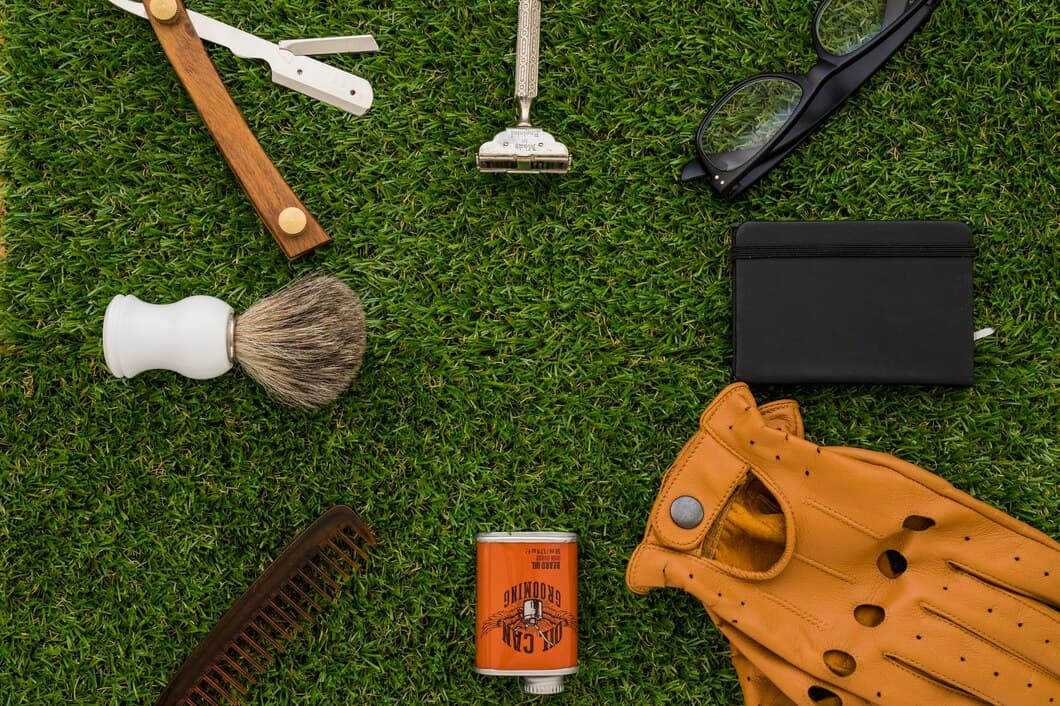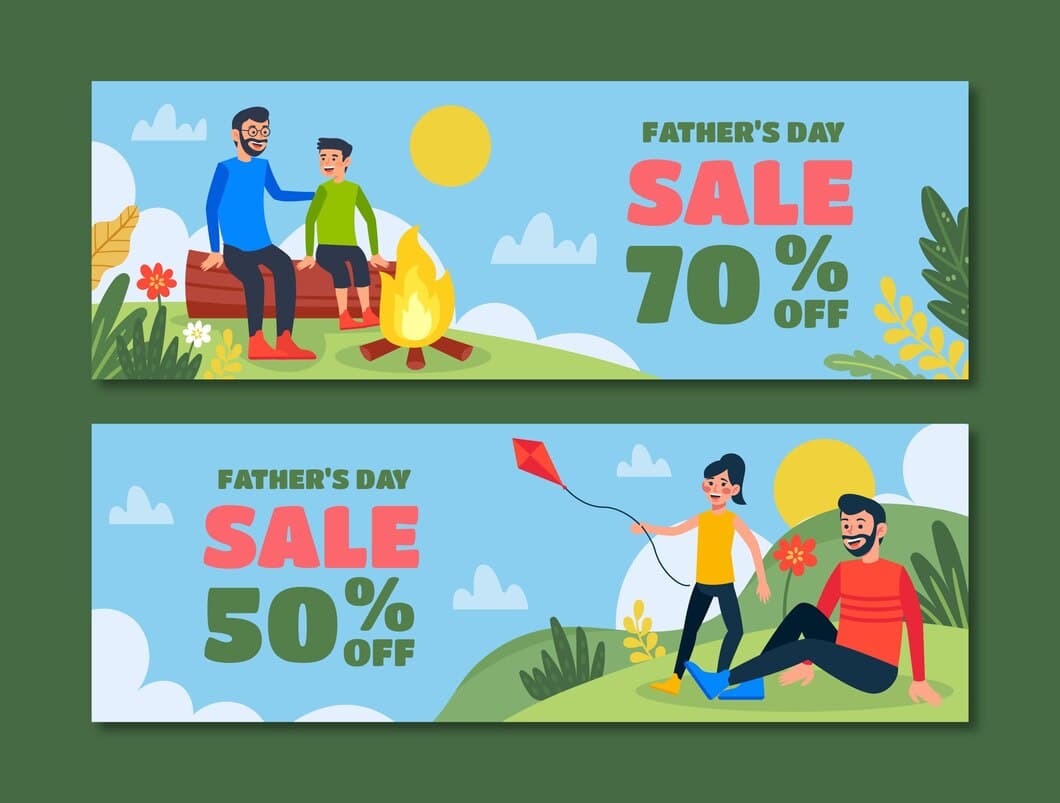How Do You Treat Golfer's Elbow
-

Golfer's elbow is a condition that causes pain on the inside of the elbow. It is also known as medial epicondylitis. The pain is caused by overuse of the muscles that bend the wrist and flex the fingers. Golfer's elbow is common in golfers, but it can also occur in other people who do repetitive motions that use the same muscles.
There are a number of different treatments for golfer's elbow. The most common treatment is rest. Other treatments include ice, compression, and physical therapy. In some cases, surgery may be necessary.
What is golfer's elbow?
Golfer's elbow, or medial epicondylitis, is a condition that causes pain on the inside of the elbow. It is caused by overuse of the muscles that flex and pronate the wrist, such as when you swing a golf club or use a screwdriver. The pain is usually worse with activities that involve gripping or twisting the hand.
The tendons that attach the muscles to the bone become inflamed and irritated, causing pain. Golfer's elbow is more common in people who play golf, but it can also be caused by other activities that involve repetitive use of the wrist flexors and pronators, such as typing, knitting, or playing the guitar.
Treatment for golfer's elbow typically involves rest, ice, and physical therapy. In some cases, corticosteroid injections or surgery may be necessary.
Preventing golfer's elbow involves warming up before activities that involve repetitive use of the wrist flexors and pronators, and using proper technique when performing these activities.
What are the symptoms of golfer's elbow?
The most common symptom of golfer's elbow is pain on the inside of the elbow. The pain may be worse when you bend or twist your wrist, or when you grip something. You may also have stiffness, swelling, or tenderness in your elbow. In some cases, the pain may also radiate down your forearm or into your hand.
Other symptoms of golfer's elbow can include: Numbness or tingling in your hand or fingers, Weakness in your hand or wrist, Difficulty making a fist, Difficulty turning your hand palm up, Difficulty lifting objects.
What are the causes of golfer's elbow?
Golfer's elbow is a condition that causes pain on the inside of the elbow. It is caused by overuse of the tendons that attach to the medial epicondyle, a bony bump on the inside of the elbow. This overuse can occur from activities such as golfing, weightlifting, or other repetitive motions that involve gripping or twisting the wrist. The pain of golfer's elbow can range from mild to severe, and it may be accompanied by swelling, tenderness, and stiffness.
There are several factors that can increase your risk of developing golfer's elbow, including: being overweight or obese, having a job that requires repetitive hand and wrist motions, and playing sports that involve gripping or twisting the wrist. Golfer's elbow is more common in people over the age of 40, and it is also more common in men than women.
Treatment for golfer's elbow typically involves rest, ice, and physical therapy. In some cases, corticosteroid injections may be used to reduce inflammation. Surgery is rarely necessary.
How is golfer's elbow diagnosed?

A physical exam is usually enough to diagnose golfer's elbow. Your doctor will ask about your symptoms and medical history and perform a physical exam. During the exam, your doctor will check for tenderness, swelling, and pain in your elbow. They may also ask you to move your arm and wrist to see if you have any difficulty doing so.
In some cases, your doctor may order an X-ray or MRI to rule out other conditions, such as a fracture or ligament injury.
What are the treatment options for golfer's elbow?
There are several treatment options for golfer's elbow, including rest, ice, compression, and elevation (RICE). Other treatments include physical therapy, corticosteroid injections, and surgery. The best treatment option for you will depend on the severity of your condition and your individual needs.
Physical therapy can help to strengthen the muscles around your elbow and improve your range of motion. Corticosteroid injections can help to reduce inflammation and pain. Surgery may be necessary if other treatments have not been successful.
If you are experiencing golfer's elbow, it is important to see a doctor to get the proper diagnosis and treatment. Early treatment can help to prevent the condition from becoming more severe.
What are the prevention tips for golfer's elbow?
When you're swinging a golf club, the force of your swing can put a lot of stress on the tendons that attach to your medial epicondyle. Over time, this stress can lead to inflammation and pain, a condition known as golfer's elbow. There are a few things you can do to help prevent golfer's elbow, including warming up before you play, using proper technique when you swing, and strengthening the muscles around your elbow.
Warming up before you play golf is essential for preventing injuries. When you warm up, you increase the blood flow to your muscles and tendons, which makes them more flexible and less likely to be injured. To warm up for golf, start by doing some light cardio, such as walking or jogging. Then, do some dynamic stretches, such as arm circles and leg swings. Finally, hit a few balls on the driving range to get your swing loose.
Using proper technique when you swing is also important for preventing golfer's elbow. When you swing, make sure to keep your elbow straight and your wrist in a neutral position. Avoid swinging too hard or too fast, and focus on making a smooth, controlled swing. If you're not sure if you're using proper technique, take a lesson from a qualified golf instructor.
What is the prognosis for golfer's elbow?
The prognosis for golfer's elbow is generally good, with most people recovering within a few months. However, some cases may take longer to heal, and a small number of people may experience chronic pain.
The severity of the injury, the patient's age and overall health, and the type of treatment received will all affect the prognosis.
With early diagnosis and proper treatment, most people with golfer's elbow can expect to make a full recovery and return to their normal activities.
What are the complications of golfer's elbow?
Golfer's elbow can lead to several complications if left untreated. One potential complication is chronic pain. This pain can be severe and persistent, making it difficult to perform everyday activities. Another complication is tendon rupture. If the tendon becomes too weak, it can tear, which can require surgery to repair.
In some cases, golfer's elbow can also lead to nerve damage. This can cause numbness, tingling, and weakness in the hand and forearm. Nerve damage can be permanent if not treated promptly.
If you are experiencing any of the symptoms of golfer's elbow, it is important to see a doctor for diagnosis and treatment. Early treatment can help to prevent complications and improve your chances of a full recovery.
Frequently Asked Questions
What is the best treatment for golfer's elbow?
The best treatment for golfer's elbow is rest, ice, compression, and elevation. You may also need to take over-the-counter pain medication, such as ibuprofen or naproxen. In some cases, your doctor may recommend physical therapy or corticosteroid injections.
How long does it take for golfer's elbow to heal?
Most cases of golfer's elbow heal within a few weeks with rest and treatment. However, some cases may take longer to heal, especially if the injury is severe. If your pain does not improve after a few weeks, you should see a doctor.
Can I still play golf with golfer's elbow?
Yes, you can still play golf with golfer's elbow, but you may need to modify your swing. You should avoid hitting the ball hard and follow through with your swing. You may also need to take breaks during your round to rest your elbow.
How can I prevent golfer's elbow?
There are a few things you can do to prevent golfer's elbow, including:
- Warming up properly before playing golf.
- Using proper technique when swinging the golf club.
- Strengthening the muscles in your forearms and wrists.
- Taking breaks during your round to rest your elbow.
Conclusion
In conclusion, the treatment of golfer's elbow can vary depending on the severity of the condition. Non-surgical treatments, such as rest, ice, and physical therapy, can be effective in reducing pain and improving mobility. However, in some cases, surgery may be necessary to repair the damaged tendon.
It is important to consult with a healthcare professional to determine the best course of treatment for your individual needs. Early diagnosis and treatment can help to prevent further damage to the tendon and improve your chances of a full recovery.